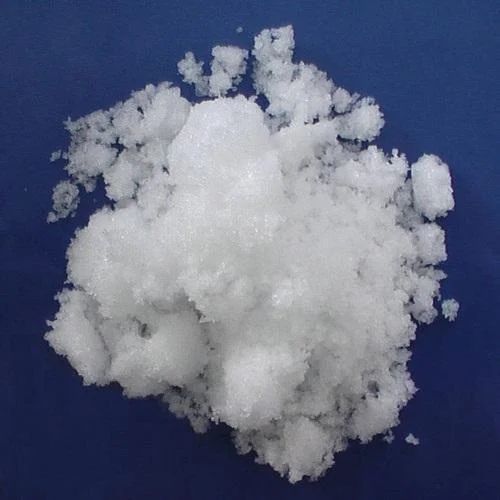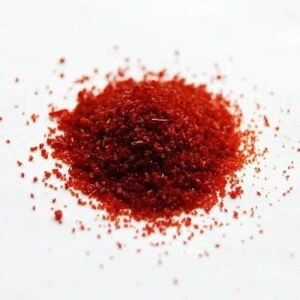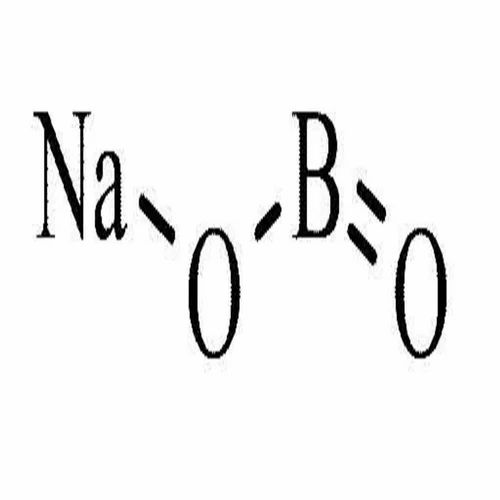Potassium Hydrogen Phthalate: The Comprehensive Product Guide
Potassium hydrogen phthalate, commonly known as KHP, is an organic compound with the chemical formula KHC8H4O4KHC_8H_4O_4. This white crystalline powder is widely recognized for its applications in analytical chemistry, pharmaceuticals, and as a standard for pH calibration. Known for its stability and purity, potassium hydrogen phthalate plays a crucial role in various laboratory processes. In this comprehensive product description, we will explore its properties, applications, benefits, and safety considerations, highlighting its significance across multiple fields.
Chemical Properties
Composition and Structure
Potassium hydrogen phthalate is produced by neutralizing phthalic acid with potassium hydroxide. It typically appears as a white crystalline powder that is highly soluble in water. The molecular weight of potassium hydrogen phthalate is approximately 204.22 g/mol.
Physical Characteristics
- Appearance: White crystalline powder
- Molecular Weight: 204.22 g/mol
- Solubility: Soluble in water; insoluble in organic solvents
- pH: Approximately 4.5 to 5.5 in solution
- Melting Point: 180 °C (decomposes)
These properties make potassium hydrogen phthalate suitable for a variety of applications across different industries.
Applications of Potassium Hydrogen Phthalate
1. Analytical Chemistry
Potassium hydrogen phthalate is predominantly used in analytical chemistry for its unique properties:
- Primary Standard: KHP is widely used as a primary standard for acid-base titrations. Its high purity and stability make it an ideal candidate for accurately determining the concentration of alkaline solutions.
- pH Calibration: It serves as a calibration standard for pH meters, allowing for precise measurements in various laboratory settings.
2. Pharmaceuticals
In the pharmaceutical sector, potassium hydrogen phthalate is employed for:
- Formulation: KHP is used in the formulation of various pharmaceutical products, acting as a buffering agent to maintain the stability of active ingredients.
- Quality Control: It is often utilized in quality control procedures to ensure the accuracy of titration methods in laboratory analyses.
3. Food Industry
In the food industry, potassium hydrogen phthalate has specific applications:
- Food Additive: KHP can be used as a food additive to regulate acidity and enhance the stability of certain food products.
- Preservative: Its properties help in extending the shelf life of various food items by maintaining pH levels.
4. Research and Development
In research and development, potassium hydrogen phthalate serves several important functions:
- Buffering Agent: KHP is commonly used as a buffering agent in biochemical assays, helping to maintain optimal pH levels for enzymatic reactions.
- Reagent: It is often used as a reagent in various chemical reactions, providing essential hydrogen ions for analytical procedures.
5. Cosmetic Industry
In the cosmetic industry, potassium hydrogen phthalate is utilized for:
- pH Stabilizer: KHP helps stabilize the pH of cosmetic formulations, ensuring compatibility with skin and improving product performance.
- Ingredient: It can be included in various cosmetic products to enhance texture and stability.
Advantages of Using Potassium Hydrogen Phthalate
1. High Purity and Stability
One of the primary advantages of potassium hydrogen phthalate is its high purity and stability. This makes it an ideal choice for laboratory applications where accuracy and reliability are paramount.
2. Versatility
Potassium hydrogen phthalate is a versatile compound with applications across multiple industries, including analytical chemistry, pharmaceuticals, food processing, and cosmetics. Its multifunctional properties make it a valuable resource for professionals.
3. Cost-Effectiveness
Compared to other buffer solutions and standards, potassium hydrogen phthalate is often more affordable, providing significant benefits without requiring large quantities. This makes it an economical choice for laboratories and manufacturers alike.
4. Ease of Use
KHP is easy to handle and integrate into various formulations, enhancing its utility in different applications. Its solubility in water allows for straightforward preparation of solutions.
How to Use Potassium Hydrogen Phthalate
1. In Analytical Chemistry
When using potassium hydrogen phthalate in analytical applications:
- Preparation of Solutions: Dissolve a known quantity of KHP in distilled water to create a standard solution for titrations. The concentration should be accurately calculated for precise measurements.
- Titration Procedures: Use KHP as a primary standard to determine the concentration of sodium hydroxide (NaOH) or other alkaline solutions in titration experiments.
2. In Pharmaceuticals
For pharmaceutical applications:
- Formulation: Incorporate potassium hydrogen phthalate into formulations at recommended concentrations to act as a buffering agent.
- Quality Control: Utilize KHP in titration methods to assess the potency of active ingredients in pharmaceutical products.
3. In Food Processing
For food applications:
- Dosage: Follow industry guidelines for the appropriate dosage of potassium hydrogen phthalate as a food additive, typically used in very small amounts.
- Incorporation: Mix KHP with other ingredients during processing to ensure even distribution and stability.
4. In Research and Development
When using potassium hydrogen phthalate in research:
- Buffer Preparation: Prepare buffer solutions by dissolving KHP in water and adjusting the pH as needed for specific assays.
- Reagent Use: Incorporate KHP as a reagent in chemical reactions, ensuring accurate measurements and results.
5. In Cosmetics
For cosmetic applications:
- Formulation: Use potassium hydrogen phthalate at recommended concentrations to stabilize pH levels in cosmetic products.
- Testing: Conduct stability tests to ensure the integrity of cosmetic formulations over time.
Safety and Handling
1. Toxicity
Potassium hydrogen phthalate is generally regarded as safe for use in food, pharmaceuticals, and other applications when handled properly. However, excessive exposure may cause irritation to the skin, eyes, and respiratory tract.
2. Protective Measures
When handling potassium hydrogen phthalate, it is crucial to:
- Wear Protective Gear: Use gloves, goggles, and appropriate lab attire to minimize exposure risks.
- Ensure Proper Ventilation: Work in a well-ventilated area to avoid inhaling dust or fumes.
3. Storage
Store potassium hydrogen phthalate in a cool, dry place away from direct sunlight and moisture. Ensure that containers are tightly sealed to prevent contamination and degradation.
Environmental Considerations
Potassium hydrogen phthalate is considered environmentally friendly when used according to recommended practices. However, proper disposal methods should be followed to minimize any potential impact. Always adhere to local regulations regarding chemical waste disposal.
Conclusion
Potassium hydrogen phthalate is a versatile and essential compound widely used in analytical chemistry, pharmaceuticals, food processing, research and development, and cosmetics. Its unique properties, including high purity and stability, make it an invaluable resource for professionals across various industries.
When purchasing potassium hydrogen phthalate, choose reputable suppliers that provide high-quality products and detailed safety data sheets. Understanding its applications, benefits, and safety measures will help you maximize the potential of this remarkable compound in your projects.
Whether you’re a laboratory technician looking to enhance analytical accuracy, a pharmaceutical professional aiming to improve product stability, or a researcher seeking reliable reagents, potassium hydrogen phthalate can meet your needs. Embrace the advantages of this compound and unlock new possibilities in your field!





Reviews
There are no reviews yet.